Home>Gardening & Outdoor>Landscaping Ideas>How To Make Grass Roots Grow Deeper
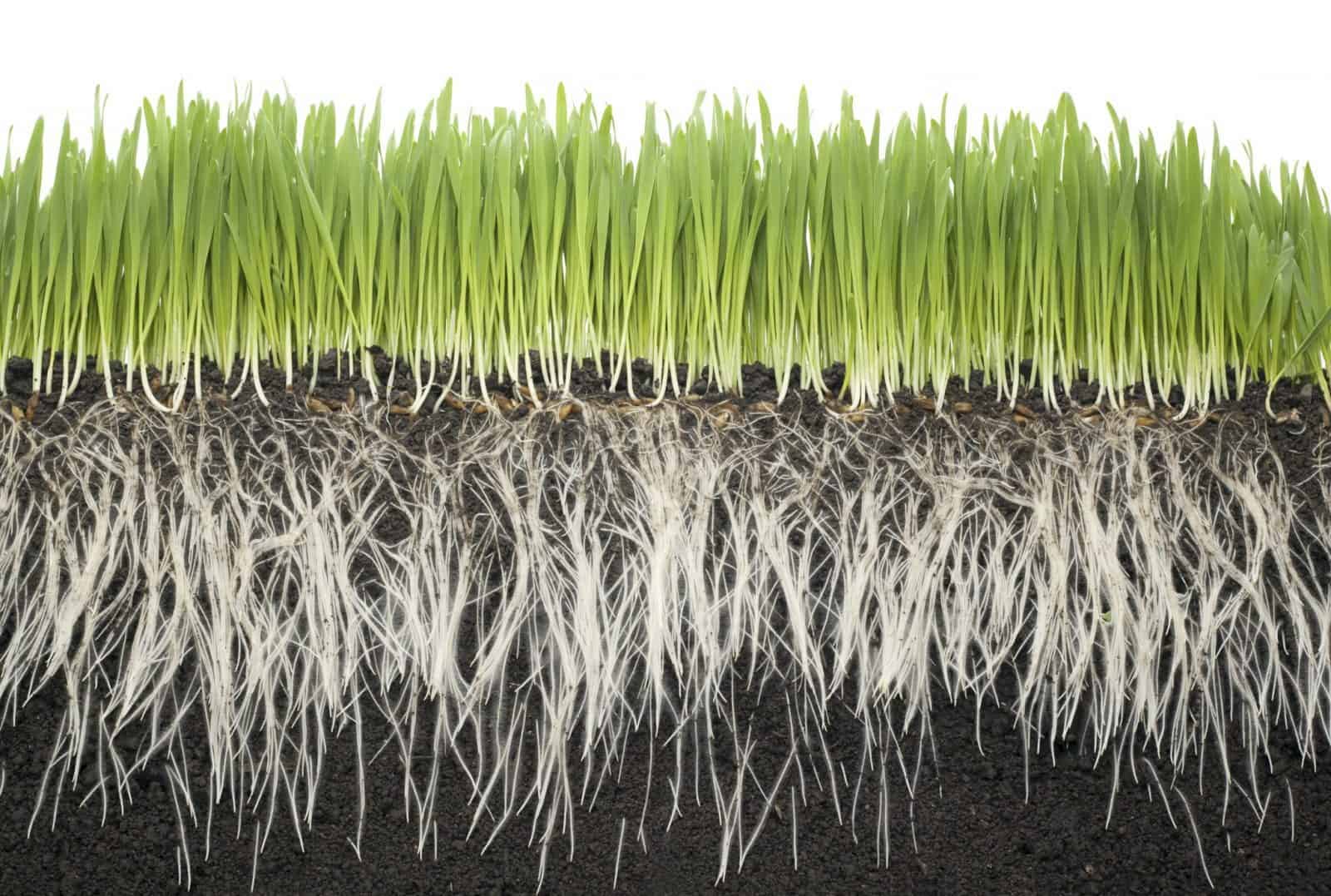

Landscaping Ideas
How To Make Grass Roots Grow Deeper
Modified: October 19, 2024
Learn effective landscaping ideas to make grass roots grow deeper with our expert tips and techniques. Enhance your lawn's health and appearance today.
(Many of the links in this article redirect to a specific reviewed product. Your purchase of these products through affiliate links helps to generate commission for Storables.com, at no extra cost. Learn more)
Introduction
Welcome to the wonderful world of landscaping, where every blade of grass, every flower, and every tree plays a vital role in creating a breathtaking outdoor space. When it comes to maintaining a lush and vibrant lawn, one of the most crucial factors to consider is the depth of the grass roots. Deep roots not only contribute to the overall health and resilience of your lawn but also play a significant role in its ability to withstand environmental stressors such as drought and extreme temperatures.
In this comprehensive guide, we will delve into the art and science of nurturing deep grass roots, providing you with valuable insights and practical tips to elevate your landscaping game. By understanding the importance of deep roots and implementing the right techniques, you can foster a thriving lawn that will be the envy of the neighborhood.
Key Takeaways:
- Deep roots help grass thrive by accessing water and nutrients, resisting drought, and preventing soil erosion. Proper watering and soil aeration are key to nurturing deep roots for a lush lawn.
- Supporting healthy soil microbes and using organic fertilizers contribute to deep root growth, creating a vibrant and resilient lawn. Patience and consistency are essential for a thriving outdoor oasis.
Read more: How Deep Do Bermuda Grass Roots Grow
Understanding the Importance of Deep Roots
Grass roots are not just invisible anchors that keep the blades in place; they are the lifeline of your lawn. Deep roots enable grass to access essential nutrients and water from the soil, promoting robust growth and overall health. Additionally, they provide stability and resilience, helping the grass withstand environmental challenges such as drought, foot traffic, and lawn mowing.
By delving deep into the soil, grass roots can tap into moisture reserves that are inaccessible to shallow-rooted lawns. This allows the grass to thrive during dry spells, maintaining its lush green appearance when other lawns may start to wither. Furthermore, deep roots anchor the grass firmly in the ground, reducing soil erosion and preventing the formation of thatch, a layer of dead organic matter that can choke the grassroots and hinder healthy growth.
Deep grass roots also contribute to the overall ecological balance of your lawn. They create channels within the soil, enhancing aeration and promoting the activity of beneficial soil organisms. This fosters a healthy and vibrant ecosystem beneath the surface, further supporting the growth and resilience of your lawn.
Understanding the pivotal role of deep roots in the well-being of your lawn is the first step toward creating a thriving and resilient outdoor space. By nurturing deep roots, you can lay the foundation for a lush and vibrant lawn that will stand the test of time.
Providing Proper Watering Techniques
Watering your lawn is a fundamental aspect of its care, and when done correctly, it can encourage the development of deep and robust grass roots. Proper watering techniques not only support the overall health of your lawn but also contribute to the resilience of the grass, enabling it to thrive even during dry periods.
One of the key principles of effective watering is to encourage deep root growth by providing infrequent yet deep watering sessions. Shallow and frequent watering can lead to the development of shallow roots, making the grass more susceptible to drought and environmental stress. Instead, aim to water your lawn deeply, allowing the moisture to penetrate the soil and reach the grassroots. This encourages the roots to delve deeper in search of water, promoting their strength and resilience.
Another important consideration is the timing of watering. It is advisable to water your lawn in the early morning, as this allows the grass to absorb the moisture before the heat of the day sets in. Watering in the evening can lead to prolonged moisture on the grass, potentially promoting the growth of fungal diseases. Additionally, watering during the heat of the day can result in excessive evaporation, reducing the effectiveness of the watering session.
Utilizing irrigation methods that promote deep root penetration is also essential. For example, soaker hoses and drip irrigation systems deliver water directly to the soil, minimizing water loss due to evaporation and ensuring that the moisture reaches the grassroots. These methods are particularly effective in encouraging the development of deep and resilient roots.
By implementing proper watering techniques, you can create an environment that supports the development of deep grass roots, laying the groundwork for a healthy and vibrant lawn that can withstand the challenges of varying weather conditions.
Implementing Soil Aeration
Soil aeration is a critical practice that can significantly impact the depth and strength of grass roots. Over time, the soil beneath your lawn can become compacted, restricting the movement of air, water, and nutrients to the grassroots. Compacted soil hinders root development and can lead to a range of issues, including poor drainage, reduced oxygen availability, and weakened grass growth.
Implementing soil aeration involves the process of perforating the soil with small holes to alleviate compaction and facilitate the movement of essential elements within the soil. This practice enhances the overall health of the lawn and creates an environment conducive to deep root growth.
There are several methods of soil aeration, including core aeration and spike aeration. Core aeration, often considered the most effective technique, involves the removal of small plugs of soil from the lawn, creating channels for air, water, and nutrients to penetrate the soil and reach the grassroots. This process also stimulates the grassroots to expand and grow deeper in search of vital resources.
On the other hand, spike aeration utilizes solid tines or spikes to create holes in the soil, promoting airflow and water penetration. While spike aeration can provide some benefits, it may not be as effective as core aeration in addressing soil compaction and promoting deep root growth.
By incorporating soil aeration into your lawn care routine, you can create an environment that encourages the development of deep and resilient grass roots. This practice not only enhances the overall health of your lawn but also contributes to its ability to withstand environmental stressors and maintain its lush appearance throughout the seasons.
Water your lawn deeply and infrequently to encourage grass roots to grow deeper. This means watering for longer periods of time, but less frequently, to promote stronger and healthier root systems.
Fostering Healthy Microbial Activity
Underneath the surface of your lawn lies a bustling ecosystem of microorganisms that play a crucial role in the health and vitality of the soil and, by extension, the depth and strength of grass roots. Fostering healthy microbial activity is a key component of promoting deep root growth and ensuring the overall well-being of your lawn.
Microbes such as bacteria, fungi, and other soil organisms contribute to the decomposition of organic matter, the recycling of nutrients, and the formation of soil structure. These activities create a favorable environment for grass roots to penetrate deeply and access essential nutrients and water.
One effective way to support healthy microbial activity is through the use of organic matter, such as compost, as a soil amendment. Organic matter serves as a food source for soil microbes, stimulating their growth and enhancing their beneficial activities within the soil. Additionally, organic matter improves soil structure, promoting aeration and water retention, which are essential factors for the development of deep and resilient grass roots.
Reducing the use of synthetic chemicals and pesticides can also contribute to a healthier microbial community within the soil. These substances can disrupt the balance of soil microorganisms, potentially hindering their beneficial functions. By adopting organic and sustainable lawn care practices, you can create an environment that supports a diverse and thriving microbial population, ultimately benefiting the depth and vitality of grass roots.
Furthermore, avoiding overuse of chemical fertilizers can prevent the depletion of microbial populations in the soil. While fertilizers can provide essential nutrients to the grass, excessive use can disrupt the natural microbial balance, impacting the overall health of the soil and the depth of root growth.
By nurturing a healthy and diverse microbial community within the soil, you can create an environment that is conducive to the development of deep and robust grass roots. This, in turn, will contribute to the overall resilience and vibrancy of your lawn, creating a lush and thriving outdoor space for you to enjoy.
Read more: How To Make A Bathtub Deeper
Using Organic Fertilizers
When it comes to promoting deep root growth and fostering a resilient lawn, the choice of fertilizers plays a pivotal role. Organic fertilizers offer a natural and sustainable approach to providing essential nutrients to the soil, supporting the development of deep and robust grass roots while minimizing the potential for harm to the environment.
Organic fertilizers, derived from natural sources such as compost, manure, and plant-based materials, offer a range of benefits that contribute to the health and vitality of the soil and the grassroots. Unlike synthetic fertilizers, organic alternatives release nutrients slowly, providing a steady and consistent supply of nourishment to the grass roots over time. This gradual nutrient release encourages the development of strong and deep roots, as the grassroots are stimulated to seek out and absorb the nutrients from the soil.
Furthermore, organic fertilizers contribute to the overall improvement of soil structure and microbial activity. They enhance the capacity of the soil to retain moisture, promoting a healthy and balanced environment for root development. Additionally, organic fertilizers support the proliferation of beneficial soil organisms, creating a dynamic and thriving ecosystem beneath the surface of your lawn.
By utilizing organic fertilizers, you can minimize the risk of chemical buildup in the soil, which can hinder root growth and overall soil health. This approach aligns with sustainable and environmentally conscious lawn care practices, ensuring that your lawn remains healthy and vibrant while minimizing the potential impact on the surrounding ecosystem.
Moreover, the use of organic fertilizers contributes to long-term soil fertility, supporting the sustained growth and resilience of your lawn. By nourishing the soil with natural and balanced nutrients, you can create an environment that encourages deep root development, ultimately leading to a lush and thriving lawn that can withstand environmental challenges.
Embracing the use of organic fertilizers is a sustainable and effective way to promote the development of deep and resilient grass roots, contributing to the overall health and vibrancy of your lawn. By choosing natural alternatives, you can create a thriving outdoor space that is not only visually stunning but also environmentally friendly.
Conclusion
Cultivating deep and resilient grass roots is a foundational aspect of nurturing a healthy and vibrant lawn. By understanding the significance of deep roots and implementing the right techniques, you can elevate the overall health and resilience of your outdoor space, creating a lush and thriving environment for relaxation and enjoyment.
Proper watering techniques, such as deep and infrequent watering, play a crucial role in encouraging the development of deep roots, providing the grass with the moisture it needs to thrive and withstand environmental stressors. Additionally, soil aeration serves as a vital practice to alleviate compaction and create an environment that supports deep root growth, enhancing the overall health of the lawn.
Fostering healthy microbial activity within the soil contributes to the development of deep roots, creating a dynamic and balanced ecosystem that supports the vitality of the grass. Utilizing organic fertilizers offers a sustainable approach to nourishing the soil and promoting deep root growth, contributing to the long-term health and resilience of your lawn.
By incorporating these practices into your lawn care routine, you can create an outdoor space that is not only visually stunning but also robust and resilient. Deep and resilient grass roots form the foundation of a thriving lawn, capable of withstanding environmental challenges and maintaining its lush appearance throughout the seasons.
As you embark on the journey of nurturing deep grass roots, remember that patience and consistency are key. The efforts you invest in promoting deep root growth will be reflected in the health and vibrancy of your lawn, creating a welcoming and rejuvenating outdoor oasis for you and your loved ones to enjoy.
With the knowledge and insights gained from this guide, you are well-equipped to embark on the rewarding endeavor of fostering deep and resilient grass roots, transforming your lawn into a captivating and resilient landscape that will be the envy of the neighborhood.
Frequently Asked Questions about How To Make Grass Roots Grow Deeper
Was this page helpful?
At Storables.com, we guarantee accurate and reliable information. Our content, validated by Expert Board Contributors, is crafted following stringent Editorial Policies. We're committed to providing you with well-researched, expert-backed insights for all your informational needs.

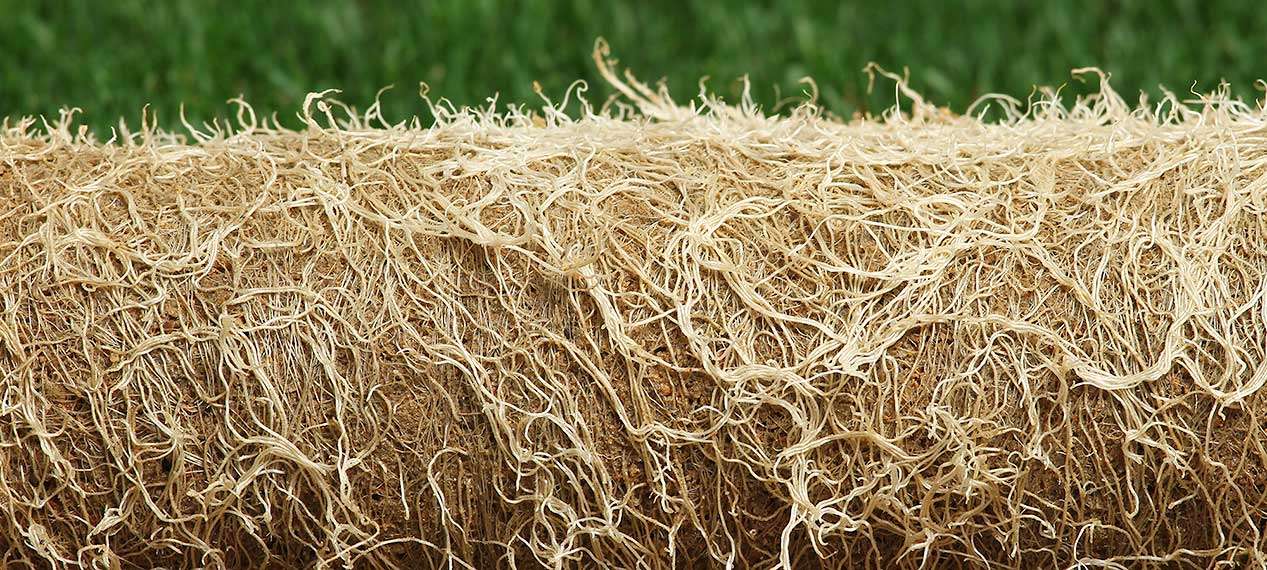
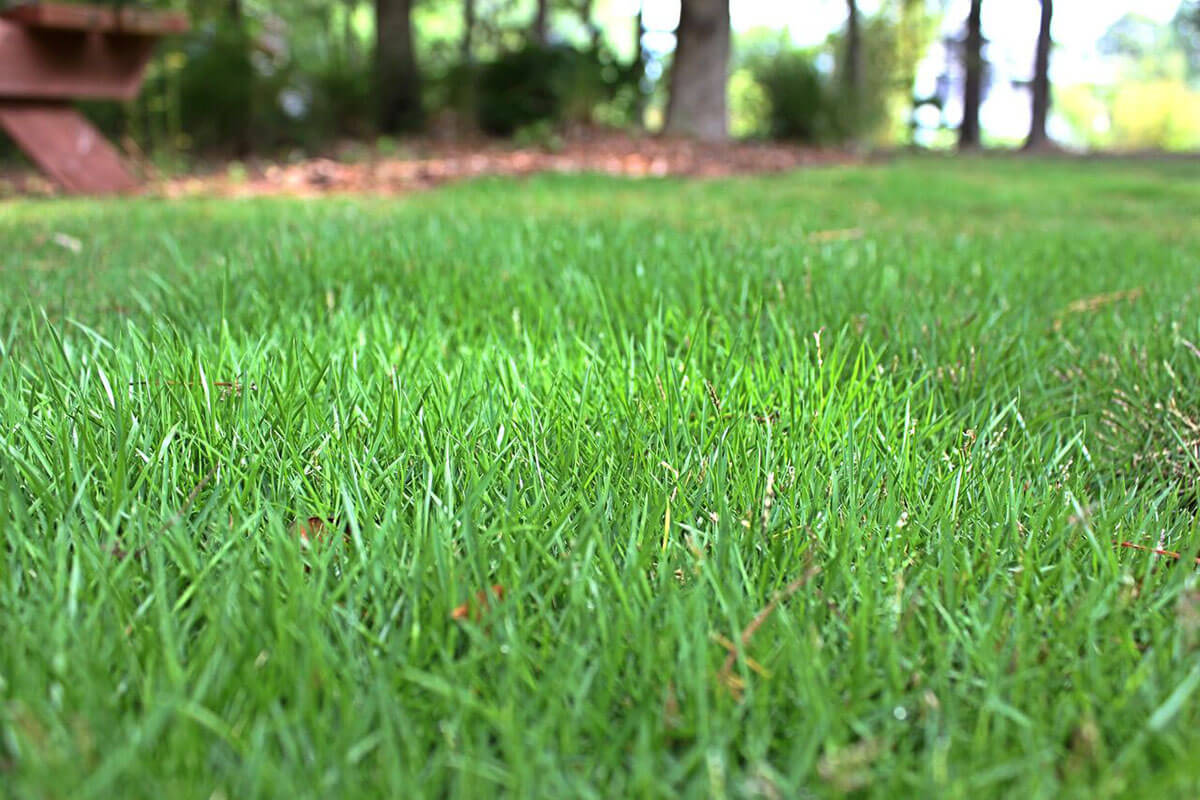



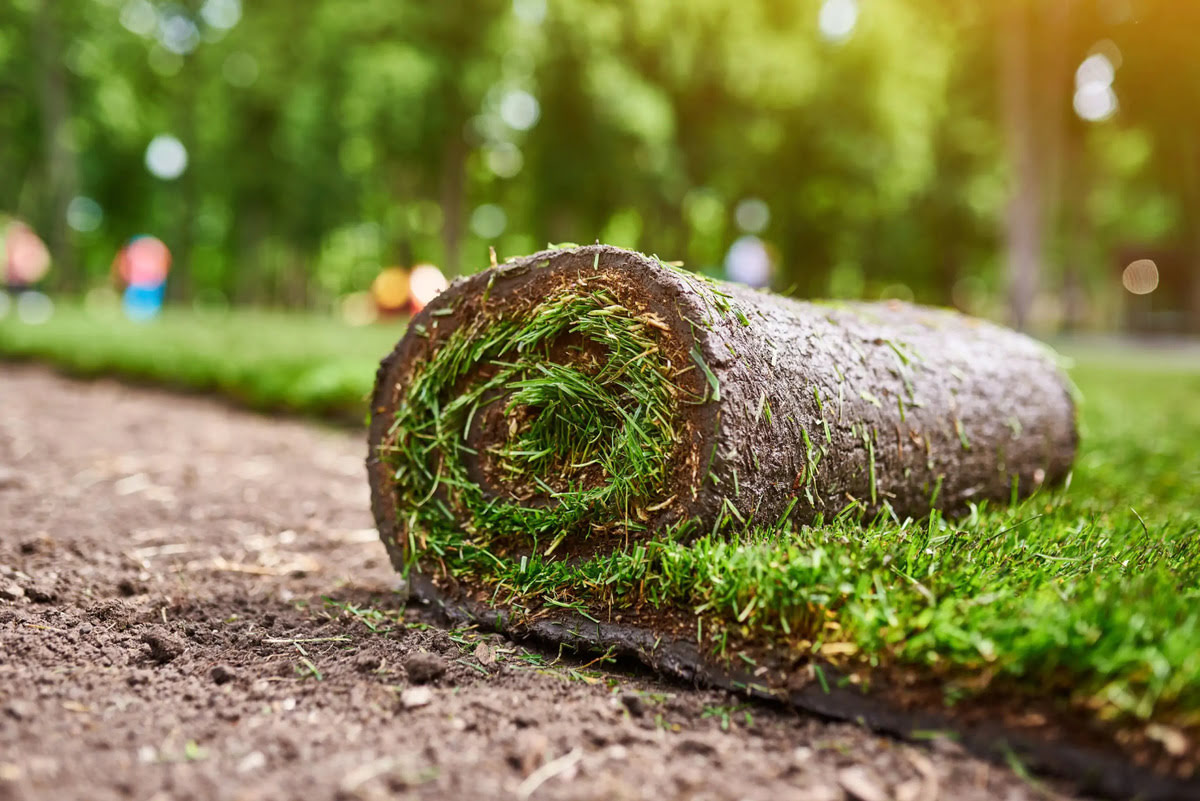

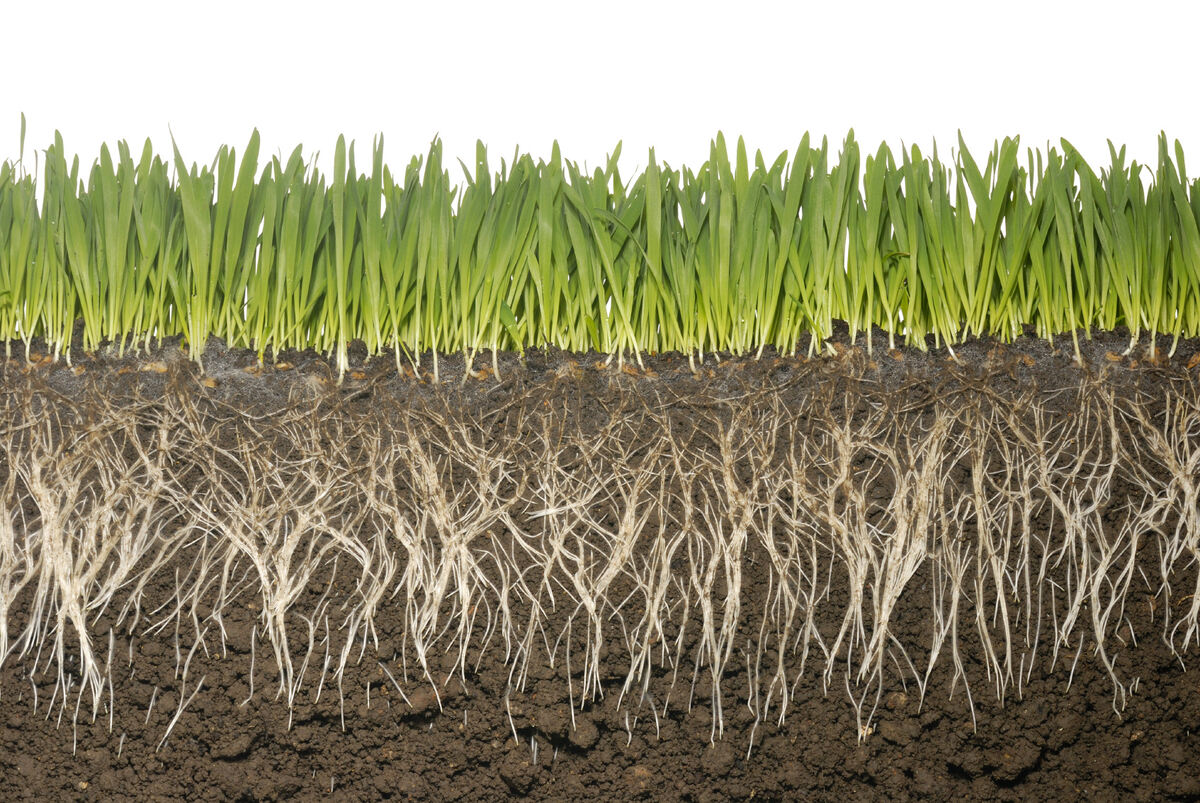
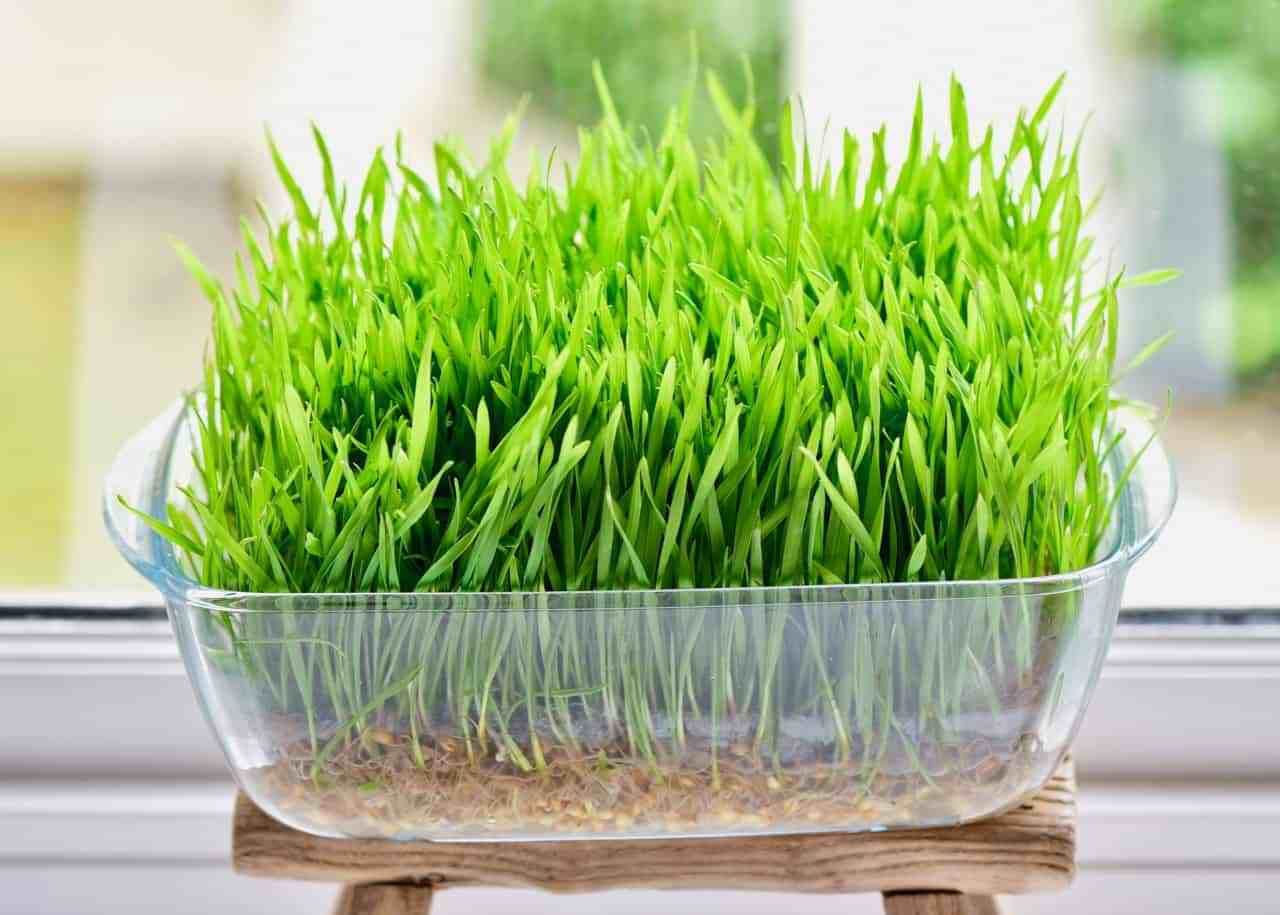



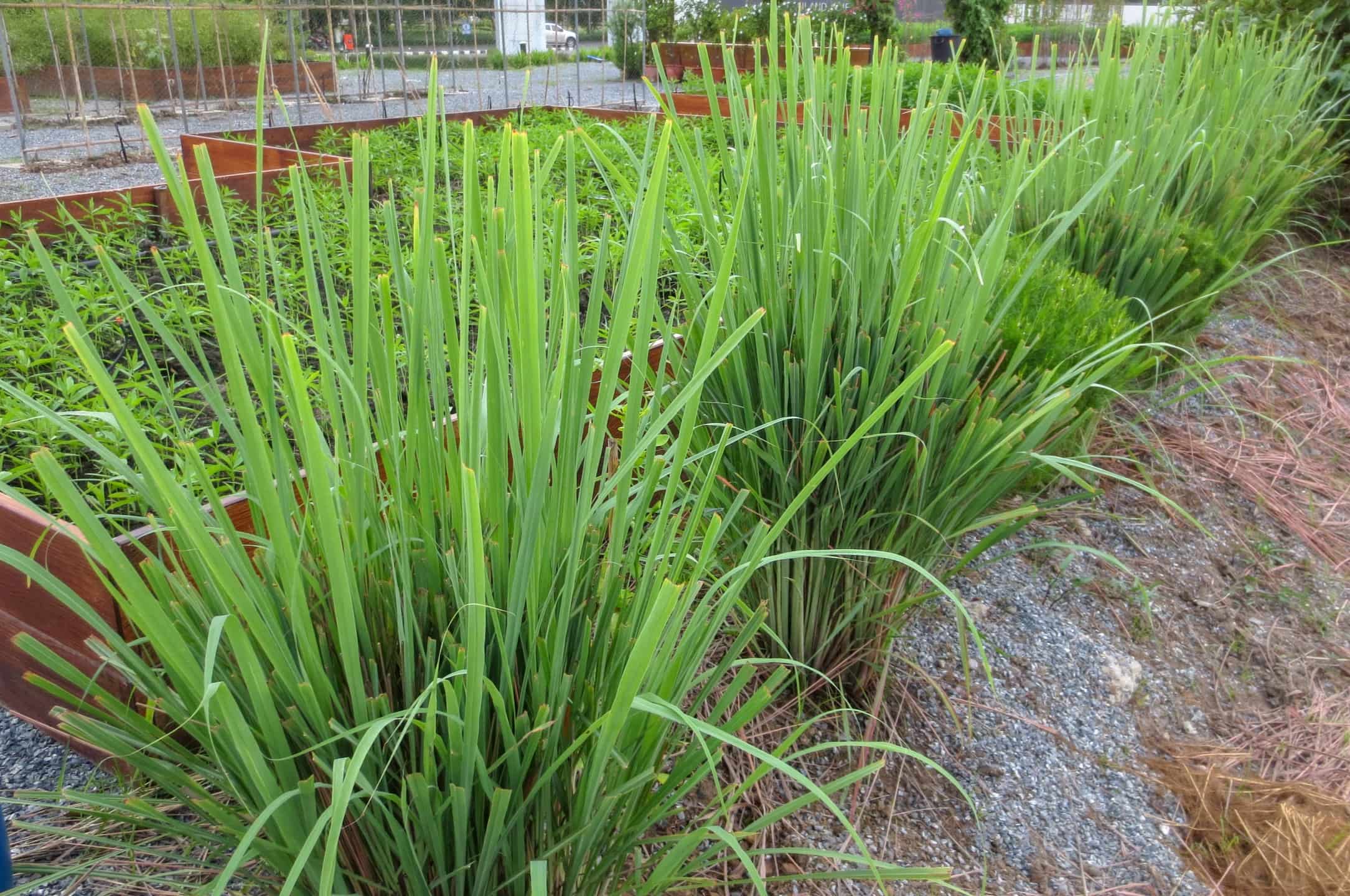

0 thoughts on “How To Make Grass Roots Grow Deeper”